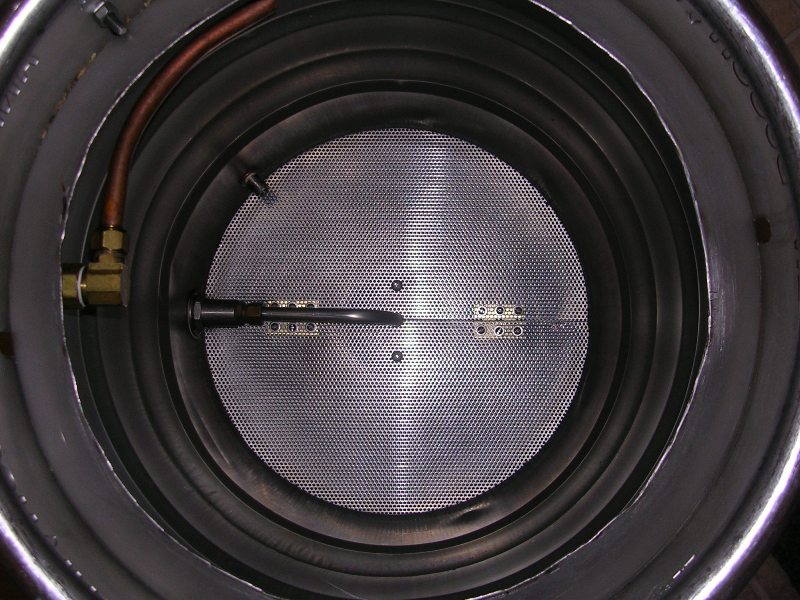sionide21
Member
Hello, I learned all grain brewing from a friend of mine who always mashed over direct heat (as in in a pot rather than a cooler). That is the method I have always used as well and it has always worked just fine. It also makes multiple rests trivial.
When I started reading all the brewing articles I could find on the internet I noticed that nobody seems to use this method. Is there a problem I am missing with it?
--Ben
When I started reading all the brewing articles I could find on the internet I noticed that nobody seems to use this method. Is there a problem I am missing with it?
--Ben



 But I have other hobbies where I am a gearhead.
But I have other hobbies where I am a gearhead.